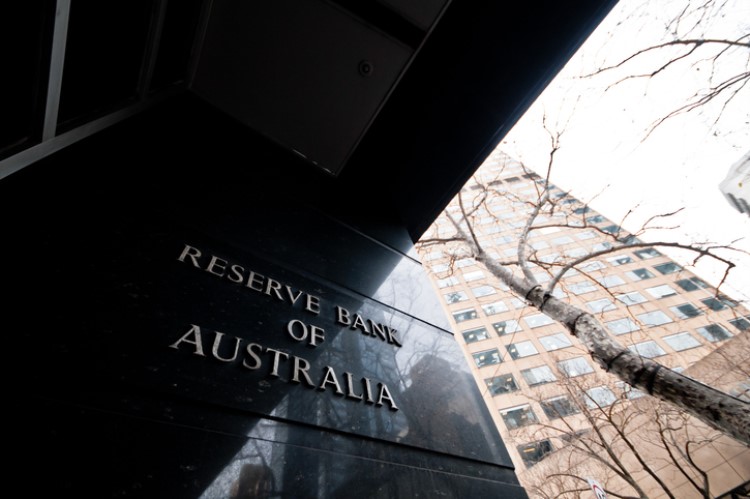
The Reserve Bank of Australia made its 12th hike this tightening cycle, hiking the cash rate to 4.10%.
This marks the highest level of cash rate since April 2012.
Of the economists from the major banks, only those from ANZ and NAB projected the RBA to lift the cash rate this month.
Here are the highlights of RBA Governor Philip Lowe's latest statement on monetary policy:
On inflation
- Inflation has passed its peak but remains too high at 7% — it will take some time before it is back to its target range.
- This recent hike provides greater confidence that inflation will return to target within a reasonable timeframe.
- High inflation makes life difficult for people and damages the functioning of the economy.
- If high inflation were to become entrenched in people’s expectations, it would be very costly to reduce later, involving even higher interest rates and a larger rise in unemployment.
On the economy and labour market
- Growth has slowed and conditions in the labour market have eased.
- Unemployment rate increased slightly to 3.7% in April while employment growth moderated.
- Wages picked up in response to the tight labour market and high inflation.
- At the aggregate level, wages growth is still consistent with the inflation target, provided that productivity growth picks up.
Outlook
- The RBA remains alert to the risk that expectations of ongoing high inflation contribute to larger increases in both prices and wages, especially given the limited spare capacity in the economy and the still very low rate of unemployment.
- Housing prices are rising again, and some households have substantial savings buffers, although others are experiencing a painful squeeze on their finances. There are also uncertainties regarding the global economy, which is expected to grow at a below-average rate over the next couple of years.
- Some further tightening of monetary policy may be required to ensure that inflation returns to target in a reasonable timeframe, but that will depend upon how the economy and inflation evolve.
- The RBA remains “resolute” in its determination to return inflation to target and will do what is necessary to achieve it.
PropTrack senior economist Eleanor Creagh said one of the biggest deciding factors for the RBA would be the core inflation pressures.
“The latest monthly inflation reading indicated an acceleration in inflation momentum — this was considered against signs the substantial tightening already pushed through is weighing on economic activity,” she said.
“Consumer spending and employment growth are slowing, while business surveys indicate weaker conditions are expected in the coming months as economic activity slows.”
Meanwhile, the labour market remains tight. In fact, despite the unemployment rate rising, it remains close to multi-decade lows.
“The pipeline of wage increases in the public sector and minimum wage decision are expected to maintain wages pressure, potentially fuelling inflation to remain elevated — the risk of a wage-price spiral is an ongoing concern for the central bank,” Ms Creagh said.
“This gave the RBA headroom to further raise the cash rate, reaffirming its commitment to overcome the challenge of high inflation and anchoring inflation expectations.”
It is interesting, however, that the previous rate hike by the RBA in May did not deter the current home price rebound.
“Strong demand relative to stock on market is seeing home prices lift, and offsetting the downward pressure from continued interest rate rises.
“The pace of price rises may slow with interest rates lifting further, particularly if the flow of new stock coming to market increases. However, the factors precipitating stronger housing demand – population growth and tight rental markets – remain alongside an undersupply of new homes. This may see home prices to continue to lift in the months ahead.”
Collections: Mortgage News Interest Rates



Share